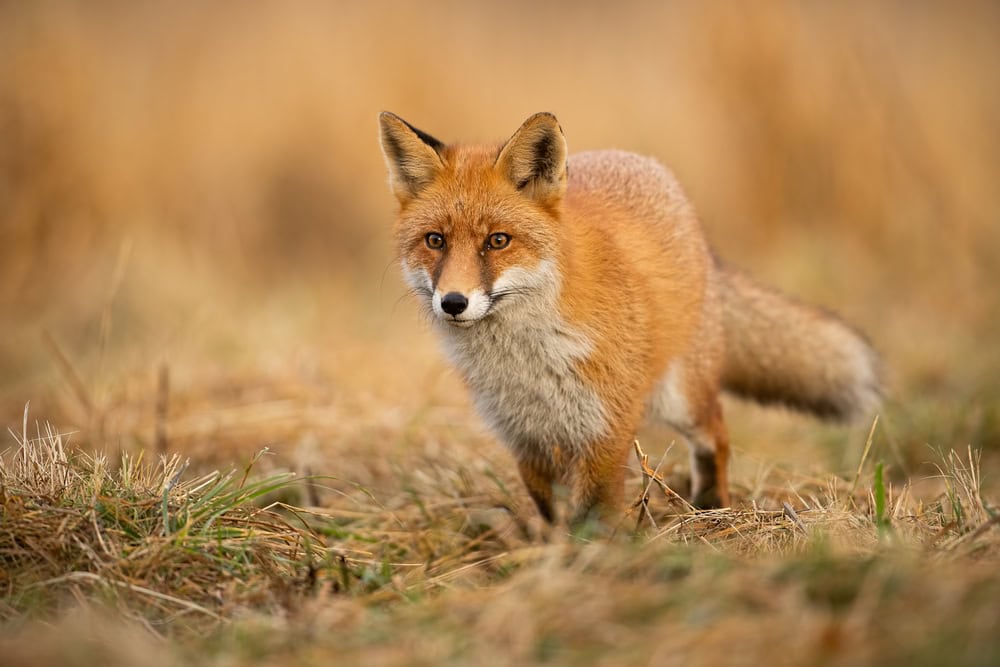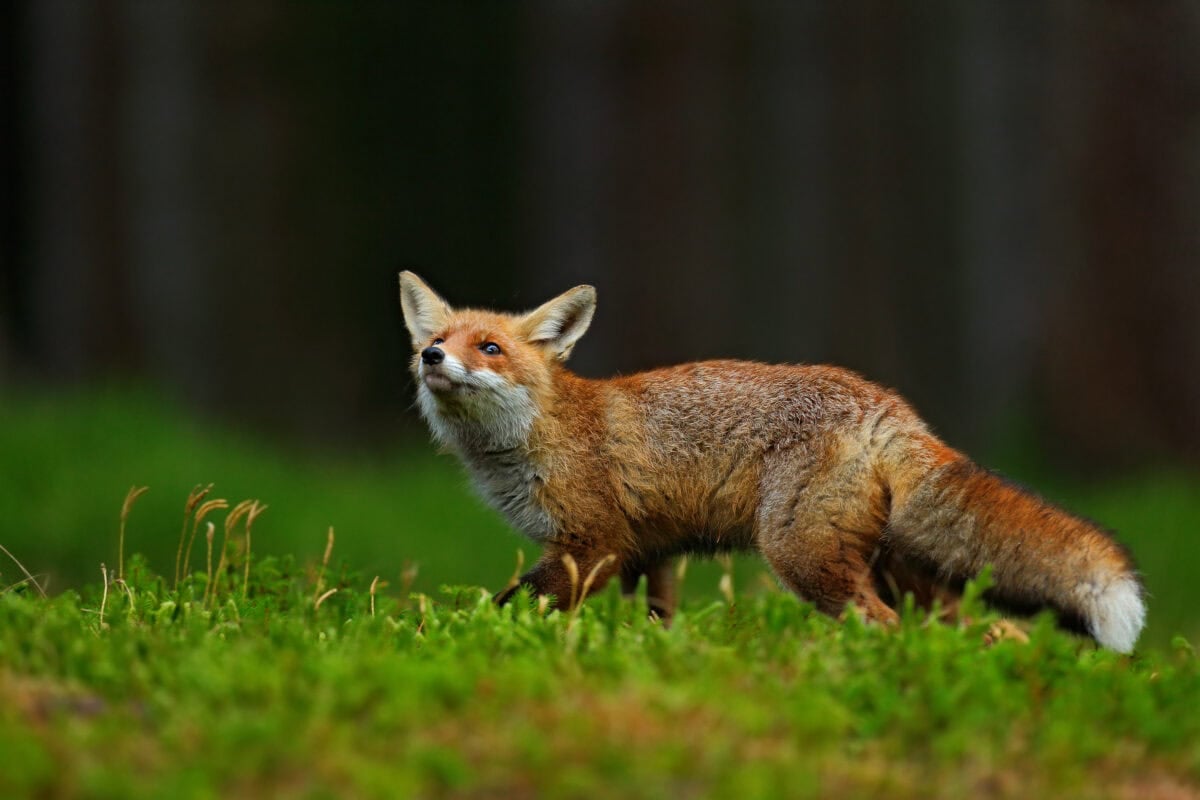The red fox (Vulpes vulpes) is one of the most widely recognized species of foxes, known for its striking reddish fur and clever, adaptive nature. Found across various continents, including North America, Europe, Asia, and parts of North Africa, the red fox thrives in numerous environments ranging from dense forests to urban landscapes. Despite its reputation as a cunning predator, one of the lesser-known attributes of the red fox is its tendency to remain silent during hunts. This behavior is an intriguing aspect of their hunting strategy, shaped by evolutionary needs and environmental factors.
Adaptations for a Stealthy Hunt

Unlike many predators that announce their presence with roars, calls, or howls, the red fox typically opts for a quieter approach. This choice is rooted in the evolutionary adaptation for stealth, a critical component of its hunting strategy. Silent hunting allows red foxes to approach their prey without drawing attention, increasing their chances of a successful catch. Many of their favored prey, such as rodents, birds, and small mammals, have acute hearing and can quickly detect sounds. Thus, moving silently offers the red fox a significant advantage, allowing it to close in on unsuspecting prey effectively.
The Role of Acute Senses

One reason why red foxes can afford to remain silent lies in their incredible senses. They possess excellent hearing, capable of listening for rodents scratching and moving underground. Their sensitive ears can pick up low-frequency sounds, enabling them to detect prey even when it is out of sight. Additionally, their sense of smell is highly refined, facilitating the tracking of prey by scent over considerable distances. These acute senses mean that red foxes rely more on environmental cues rather than vocal communication when locating and pursuing prey.
Communication in the Red Fox’s World

While the red fox is typically silent during hunts, it is far from lacking in communication skills. These animals are known to be quite vocal in other contexts, using various calls and sounds to interact with one another. There are barks, screams, and howls that cover a wide range of communication needs, from warding off potential threats and establishing territory to engaging with family units. This vocal repertoire is selectively utilized to minimize disturbance during hunting, ensuring that the focus remains on approaching the prey with minimal noise.
Evolutionary Pressure and Predatory Competition

The silent hunting strategy of red foxes can also be understood as a response to evolutionary pressures and competition with other predators. In diverse ecosystems, being noticed can attract the attention of competing predators or scavengers, which may lead to conflict or loss of potential food. Silence aids in avoiding these scenarios, allowing red foxes to focus on capturing prey without interference. This adaptation is crucial for their survival and reproductive success, ensuring that they can efficiently gather the resources needed to thrive.
Conclusion: A Silent Strategy for Success

The red fox’s tendency to hunt silently is a testament to its adaptive success and resourcefulness as a predator. This behavior, shaped by the need for stealth, keen senses, and evolutionary pressures, has positioned the red fox as a remarkably successful and widespread species. Understanding this silent hunting strategy not only unveils the complexities of the red fox’s predatory habits but also highlights the intricate balance of behavior and adaptation in the animal kingdom.
Whether observed in the wild or through study, the red fox continues to capture the fascination of researchers and animal enthusiasts alike, reminding us of the delicate interplay between nature, evolution, and survival.
- 12 Wild Species That Are Smarter Than We Ever Thought - August 9, 2025
- Top 10 Coral Reef Animals - August 9, 2025
- 15 Animals and Wildlife that Start with M - August 9, 2025

